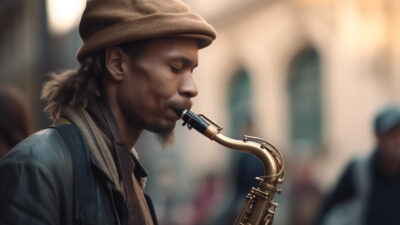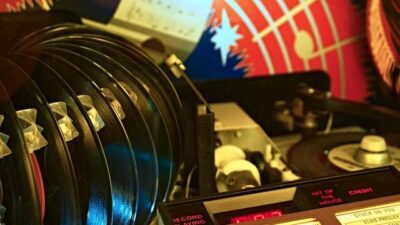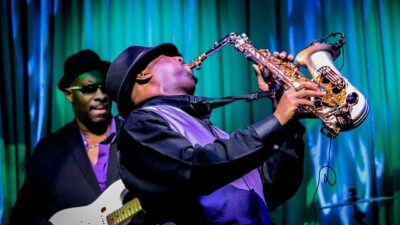The story of the birth of jazz begins in New Orleans, in the American South. This stage is characterized by the collective improvisation of several versions of the same melody by the trumpeter (main voice), clarinetist and trombonist against the marching accompaniment of the brass bass and drums. The landmark day was February 26, 1917, when five white musicians from New Orleans recorded the first gramophone record in the Victor Studios in New York City. Before the release of this record, jazz was a marginal phenomenon, musical folklore, and then – in a few weeks it stunned, shook the whole of America. The record belonged to the legendary Original Dixieland Jazz Band. And so American jazz began its proud march across the world.
In the 20’s the main features of the future styles were found: equal pulsation of double bass and drums, which contributed to swing, virtuoso soloing, the manner of vocal improvisation without words with the help of separate syllables (“skat”). A significant place was taken by the blues. Later, both stages – New Orleans and Chicago – are united by the term “Dixieland”.
A coherent system called “swing” emerged in American jazz in the 20s. Swing was characterized by the emergence of a new type of orchestra – the big band. With the growth of the orchestra had to abandon collective improvisation, move to the performance of arrangements recorded on sheet music. Arranging became one of the first manifestations of the composer’s beginning.
The big band consists of three groups of instruments – sections, each can sound like one polyphonic instrument: the saxophone section (later with clarinets), the “brass” section (trumpets and trombones), the rhythm section (piano, guitar, double bass, drums).
A solo improvisation based on “square” (“chorus”) appeared. “Square” is one variation, equal in duration (number of bars) to the theme, performed against the same background as the main theme, chord accompaniment, to which the improviser adjusts new melodic turns.
In the 30’s became popular American blues, became widespread song form of 32 bars. In swing began to be widely used “riff” – two to four bars of rhythmically flexible cue. It is played by the orchestra while the soloist improvises.
Among the first big bands were orchestras led by famous jazz musicians – Fletcher Henderson, Count Basie, Benny Goodman, Glenn Miller and Duke Ellington. The latter already in the 40’s turned to large cyclic forms based on Negro, Latin American folklore.
American jazz of the 30s was becoming commercialized. So among fans and connoisseurs of the history of jazz’s origins there was a movement for the revival of earlier, more authentic styles. A decisive role was played by the small Negro ensembles of the ’40s, who discarded everything calculated for external effect: variety, danceability, and songfulness. The theme was played in unison and hardly ever sounded original, the accompaniment no longer demanded dance regularity.
This style, which opened the modern era, was called “bop” or “bebop. The experiments of talented American musicians and jazz performers – Charlie Parker, Dizzy Gillespie, Thelonious Monk and others – actually started the development of an independent art form, onl














